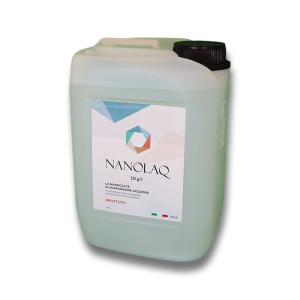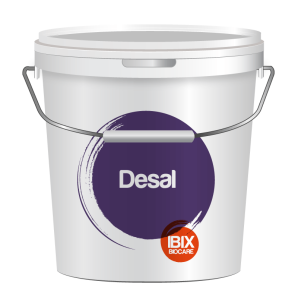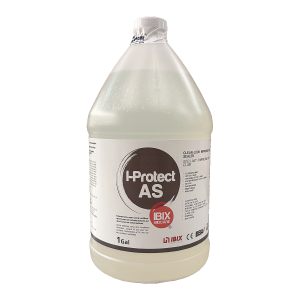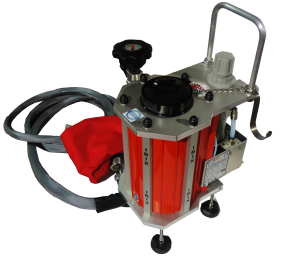COMPOSITION
Mix of various ingredients including pure cellulose fiber, quartz flour, bentonite, Fossil filtration adjuvant. The paste does not contain watersoluble
materials or chemical products that could damage the treatment materials.
PASTE PREPARATION
Pre-mix the compound with deionized water around 8 hours before in the following proportions:
• 1 part (weight) of powdered mix
• 1.2 parts (weight) deionized water
Mix until the product is completely hydrated. At the end of the process, seal the container with the cover and leave to hydrate for 8 hours. Before
application add a further 1/2 part (weight) of deionized water. The application time is typically 48/72 hours, but can vary depending on the type
of substrate and the level of contamination of the material.
APPLICATION OF THE PASTE
The treatment surface must be mechanically cleaned beforehand with a brush so as to remove the surface deposits of crystal salts and preconsolidated
depending on the state of conservation of the material. The paste is applied manually or by spraying on the treatment surface to
a thickness of around 2cm. The application time can be determined via preliminary in situ tests, so as to optimize the cleaning process. The
paste is removed manually, taking care not to damage the treated surface. Pulp residue can be removed with a damp and non-abrasive sponge.
NOTE:
carry out diagnostic tests to ensure that the surfaces do not have water-repellent layers that impede or limit the action of the extractor (e.g. wax
residue, polymer-based protective substances, film-forming paint or similar materials).







Avaliações
Ainda não existem avaliações.